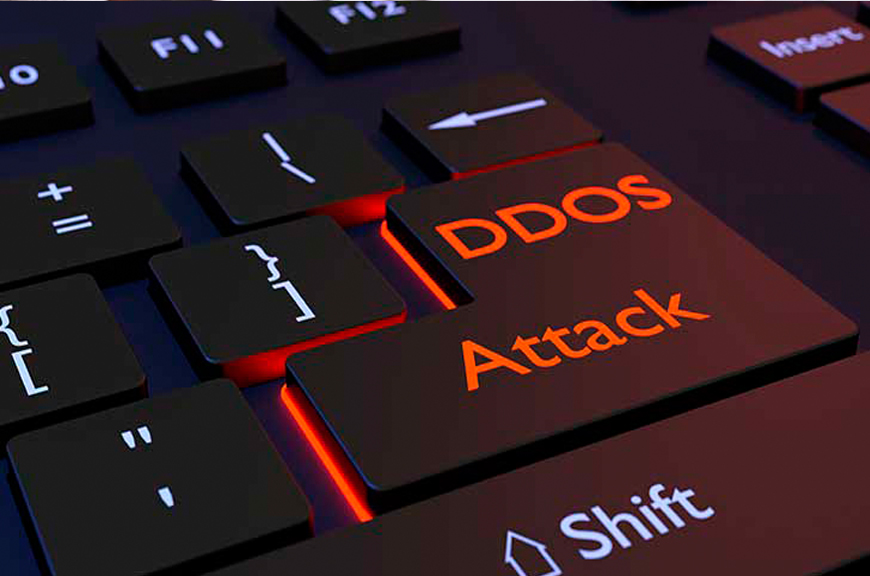Have Any Questions?
+30 2104441059
Location
Mesolongiou 4-6, 151 22 Amarousion Greece
Working Hours
Mon - Fri: 10.00 - 18.00
+30 2104441059
Mesolongiou 4-6, 151 22 Amarousion Greece
Mon - Fri: 10.00 - 18.00

Cybersecurity refers to a set of techniques used to protect the integrity of networks, programs and data from attack, damage or unauthorized access.
According to Forbes, the global cybersecurity market is expected to reach 170 billion by 2020. This rapid market growth is being fueled by an array of technology trends, including the onslaught of initiatives with ever-evolving security requirements, like “bring your own device” (BYOD) and the internet of things (IoT), the rapid adoption of cloud-based applications and workloads, extending security needs beyond the traditional data center and stringent data protection mandates
The core functionality of cybersecurity involves protecting information and systems from major cyberthreats. These cyberthreats take many forms (e.g., application attacks, malware, ransomware, phishing, exploit kits). Unfortunately, cyber adversaries have learned to launch automated and sophisticated attacks using these tactics at lower and lower costs.
As a result, keeping pace with cybersecurity strategy and operations can be a challenge, particularly in government and enterprise networks where, in their most disruptive form, cyberthreats often take aim at secret, political, military or infrastructural assets of a nation, or its people.
Some of the common threats are outlined below in more detail.
Implementing effective cybersecurity measures is particularly challenging today because there are more devices than people, and attackers are becoming more innovative.
Mesologgiou 4-6, Amarousion Greece
+30 69346768433
info@logasphpgroup.com